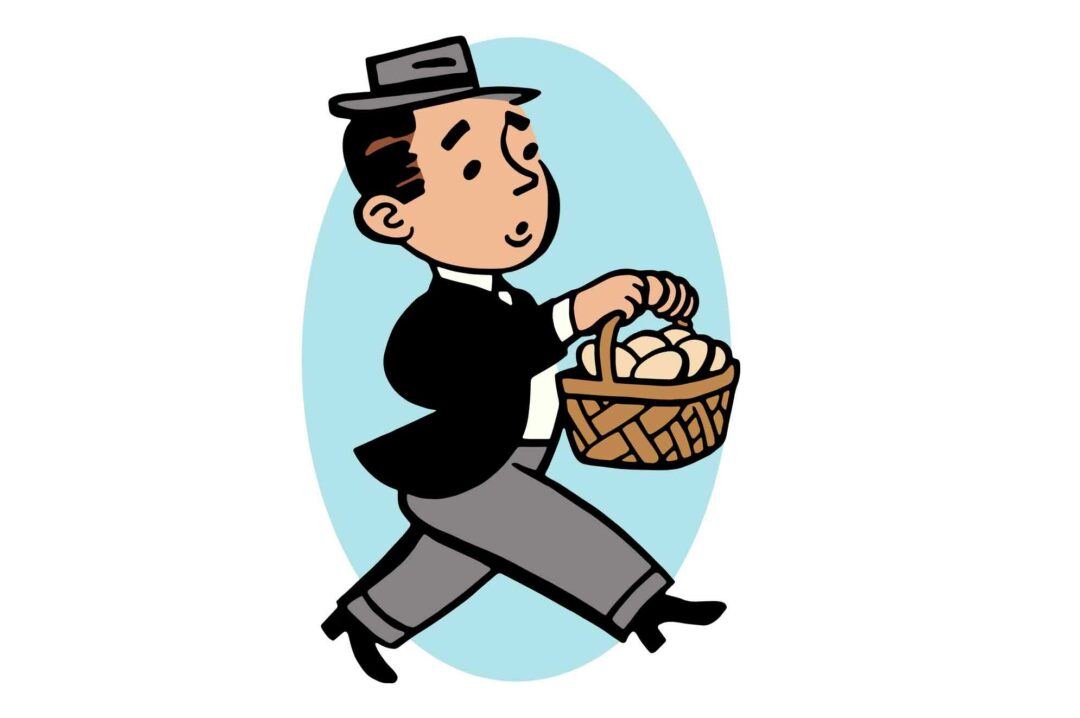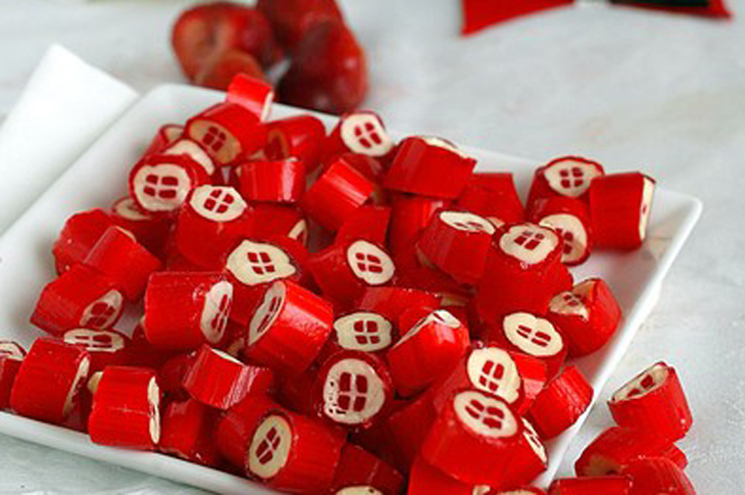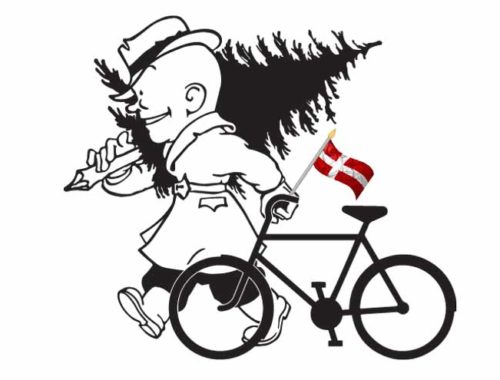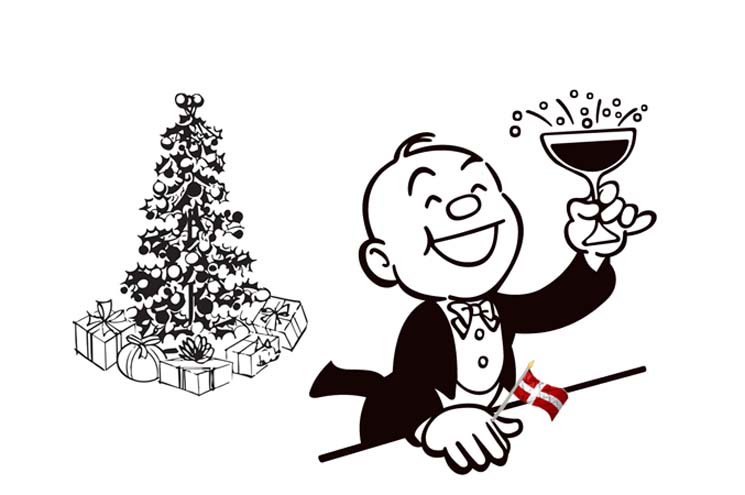Anyone who has spent time living in Denmark knows that it’s one of the most expensive countries around. That’s true when it comes to food shopping in Denmark, too.
One Dane who had lived in the US explained it this way: “In Denmark, every supermarket is priced like Whole Foods.”
For those of you who haven’t visited the States, Whole Foods is a high-end grocery chain nicknamed “Whole Wallet” or “Whole Paycheck.”
One reason is that unlike most Western countries, Denmark imposes a full sales tax on food items, adding 25% to the price of almost everything.
And Danish supermarket workers are also paid a healthier wage than their counterparts elsewhere – although if you look closely, you’ll notice that many supermarket workers in Denmark are teenagers, who are paid half the adult rate.
Supermarket specials
As a consumer, you have many ways to save money on food in Denmark. We’re going to talk about farmer’s markets, Middle Eastern markets, and special markets and apps to avoid wasted food.
But the most obvious tip for saving money on food in Denmark is to do it the way Danes do it, and look at the weekly supermarket specials, the tilbudsavis.
These used to come in paper form, stuffed into your mailbox every week. Some people still get them that way. But most people now choose to get them electronically, or via apps – you can download the app for your favorite supermarket and get early info about what’s on sale.
The deal with the tilbudsavis is that supermarkets offer super-cheap prices on popular items just to get people in the door, where they will presumably buy other stuff too.
Your freezer is your friend
Yesterday I bought Danish butter for 5 kroner a package, for example. The usual price is 21 kroner per package. 75% off, not bad. I bought six, and froze five for later use.
Your freezer is your good friend in Denmark. Works great for meat, too – chicken is often on special at very low prices – and some Danes even buy half a pig or half of some other animal directly from a farmer and then keep it in their deep freezer while dining off a few cuts at a time.
If you’re a vegan, your freezer is a great way to preserve seasonal fruits and vegetables.
Seasonal fruits and vegetables in Denmark
That’s my next tip – to plan for the various Danish fruit seasons. Strawberry season in May or June is legendary. The Danes have some of the best locally-grown strawberries in the world: bright red, juicy, and sweeter than candy.
Usually when the season starts, strawberries are about 40 kroner a box. As more come in from the harvest, the price falls to 30 kroner a box, and then 20.
At the end of a selling day, from one of the street vendors, I’ve been able to get them for 10.
Eat whatever you can – they don’t last more than a day or two – and then freeze the rest for some other season. Enjoy them during the winter, when the only other strawberries available in Denmark are imported versions so tough you can bounce them off your plate.
Cherries and sugar peas are some other Danish fruits and vegetables you can get from street vendors during the harvest season.
And don’t miss the apples in fall. Crisp Danish apples, right off the tree – heavenly.
Old-fashioned food at the farmer’s market
Open-air farmer’s markets aren’t as common in Denmark as they are in some other European countries like France or Italy.
That said, there is a huge fruit and vegetable market in downtown Copenhagen called Torvehallerne, the market halls. But this is expensive real estate and these are expensive fruits and vegetables. Glamorous, shiny, and creatively displayed, but expensive.
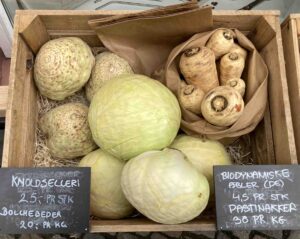 In smaller towns you’ll find some more authentic farmer’s markets, selling mostly traditional vegetables. That means cabbage in different colors and shapes, round celery root, beets, carrots, and potatoes still covered in dirt.
In smaller towns you’ll find some more authentic farmer’s markets, selling mostly traditional vegetables. That means cabbage in different colors and shapes, round celery root, beets, carrots, and potatoes still covered in dirt.
Basically the type of food you’d eat if you lived in Denmark in 1721 instead of 2021.
Middle Eastern and Asian-owned supermarkets
If you’re looking for inexpensive citrus or melons, try the local fruit and vegetable markets run by Danes of Middle Eastern or Asian origin.
This is also the place to go if you want any foods that are not traditionally Danish – in particular fresh spices and dried beans and lentils. The prices here are often about half of what you’ll find in a standard Danish supermarket.
You can get huge bags of rice in these stores for, say, 75 kroner. That amount of rice would cost you 200 or 300 kroner in a supermarket.
Saving money on last-chance food
Make to check the expiration dates on food in any market. It’s illegal in Denmark to sell food after the expiration date.
If you’re in a supermarket and happen to find an item that is expiring that day, you can usually take it to the manager or cashier and ask for a discount.
Most of the big supermarkets take the initiative and put food that’s about to expire in a special “last chance” section. I’ve found some fabulous bargains here – very expensive food that is 50% off or more because it would have to be thrown out the next day.
Even if you can’t fit an item in your meal planning for that particular day, you can still put it in the freezer to eat at another time.
(And make sure to double-check your cash register receipt after you’ve checked out. Your teenage cashier isn’t trying to cheat you, but if the price hasn’t been updated in the store’s IT system, you might have paid too much. It’s OK to point this out politely to the cashier. Usually the difference will be returned to you in cash.)
Bread and pastries at a discount
Many Danish supermarkets and bakeries sell bread for half price after a certain time. In most supermarkets it’s 8pm.
And there’s a very popular app called Too Good To Go that lets you find the location of all different types of last-chance food in your area.
It offers incredible deals at bakeries, supermarkets, restaurants, sushi joints. The prices are low, and the business can avoid having to throw out food that’s otherwise perfectly good. It’s a win-win.
Some entire markets specialize in food that would otherwise have to be thrown out. Maybe dented cans, or outdated packaging – something that says Merry Christmas on it when it’s April – or oddly-shaped fruits and vegetables that don’t look pretty but taste just fine.
You can get some good bargains there and get the satisfaction of knowing you’re helping to avoid food waste, which is of course very good for the environment.
Saving money on food by leaving Denmark
One less environmentally-friendly way of saving money on food in Denmark is to actually leave the country.
Right across the German border there are shops that sell discounted beer and other canned drinks. You drive over the border, fill up your car with several cases, and drive home.
If you live on the east coast of Denmark, you can go grocery shopping in Sweden. Drive across the Øresund Bridge or take the car ferry at Helsingør. The Swedish krona is weak compared to the Danish one, which will produce quite a savings if you’re buying a lot.
Make it yourself
The most important tip for saving money on food in Denmark, however, is to make it yourself.
If you come from a country where you’re used to dining out a lot or getting takeout every day, you will not be able to afford that in Denmark. Prepared food in Denmark is expensive, unless you plan to live on hot dogs from the local sausage wagon.
When you come to Denmark, bring recipes. You will need them.
.
© Kay Xander Mellish 2021
Also in this series:
Saving money on the cost of transport in Denmark
.
.
.
Buy Kay’s books about Denmark on Amazon, Saxo, Google Books, Apple Books, Barnes & Noble Nook, or via our webshop.
Read more about dining in Denmark.

